Astronomers have discovered a dense stellar nursery packed with infant stars in a vast "cosmic ink blot."
The team made the discovery using one of the most powerful digital cameras in the world: the Dark Energy Camera (DECam) mounted on the Víctor M. Blanco 4-meter telescope at Cerro Tololo Inter-American Observatory in Chile.
The dark shadow overlaid on a starry background is known as the Circinus West molecular cloud. Circinus West is a cold, dense cloud of gas and dust that stretches out for 180 light-years, around 60 times the size of our solar system. Nebulas like this are so dense that light cannot pass through them, resulting in their dark, ink-like appearance and the fitting nickname "dark nebulas."
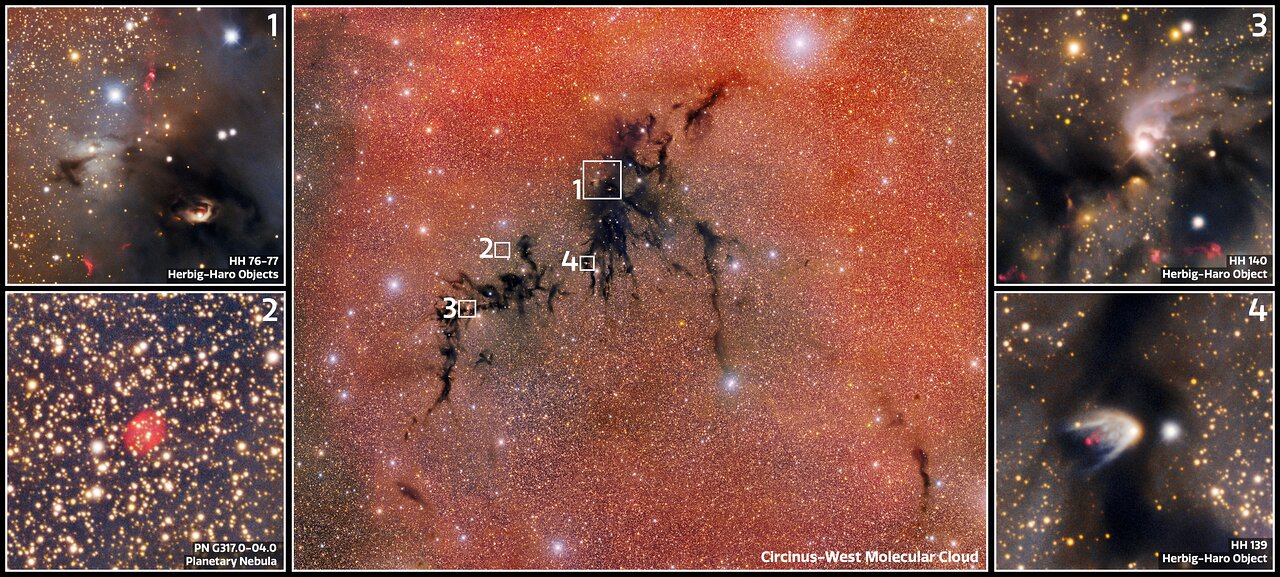
With a mass around 250,000 times that of the sun, the Circinus West molecular cloud, located 2500 light-years from Earth in the constellation Circinus, is jam-packed with the raw material for star formation.
Despite being a "dark nebula," the Circinus West molecular cloud isn't so dark that it can completely hide its young stellar population, however. The team zoomed in on this region with the powerful DECam instrument to see these stellar infants and their associated phenomena in greater detail.
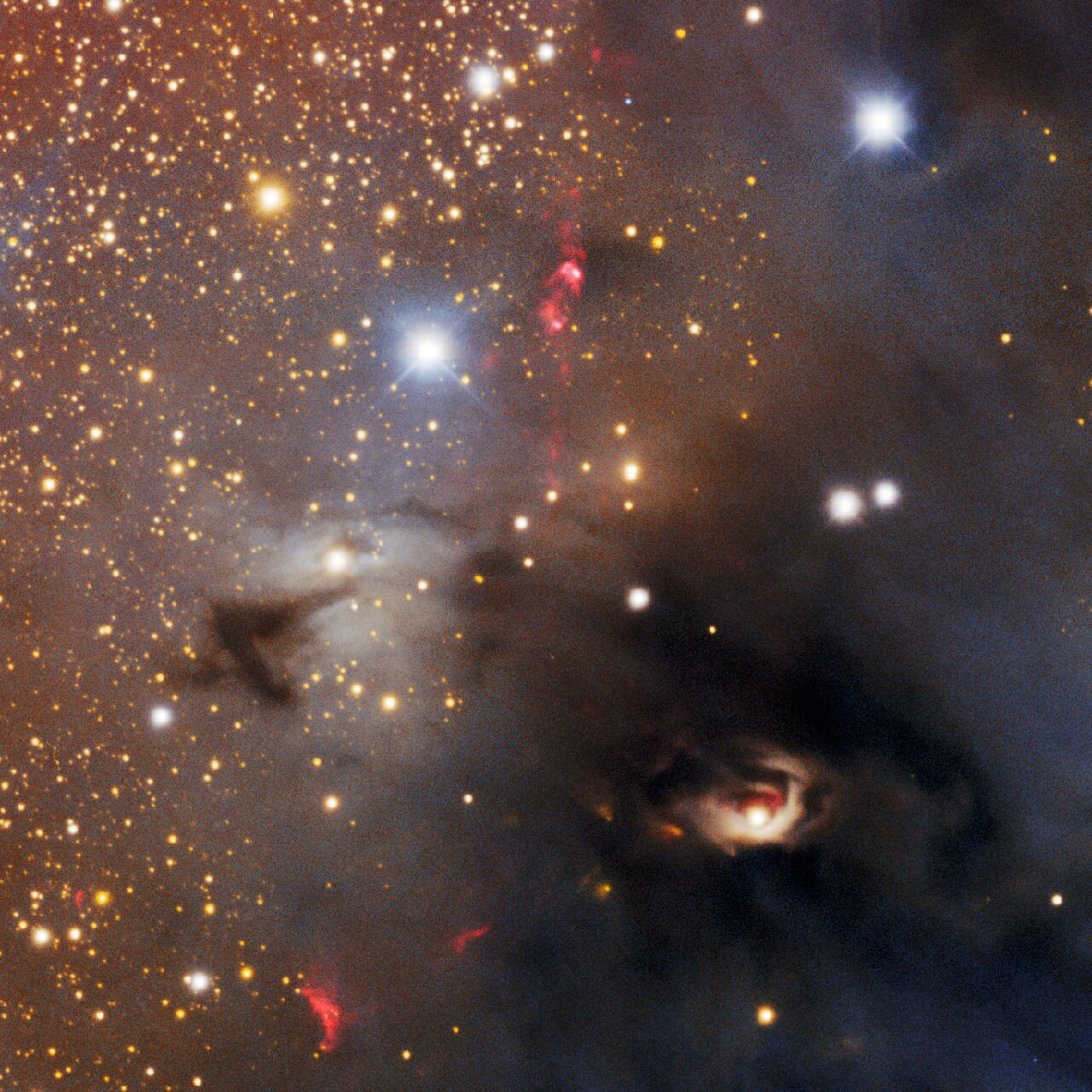
One dead giveaway of newborn stars is occasional pockets of light punctuating the inky tendrils of the molecular cloud.
These are created during star formation when so-called "protostars" — stars that haven't yet gathered enough material to trigger the fusion of hydrogen to helium in their cores — launch jets of material into space, carving cavities in the dense molecular gas and dust.
Astronomers find these high-energy outflows are easier to see than the protostars that launch them. That is because protostars are still wrapped in natal blankets of gas and dust from which they continue to gather mass on their journey to becoming main-sequence stars like the sun.
This makes these outflows and cavities a great indicator of the location of protostars.
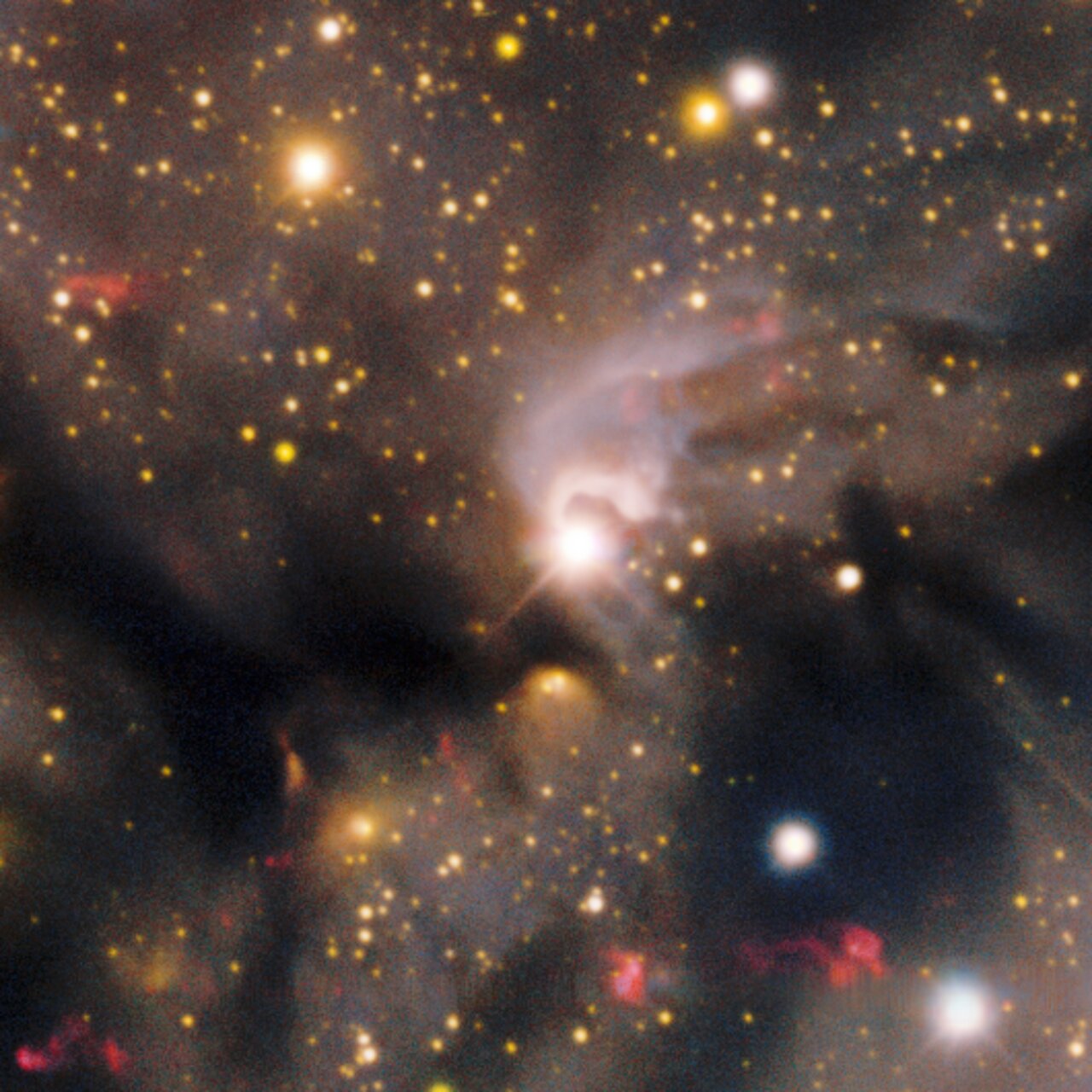
Multiple outflows can be seen in the central black tendril of the Circinus West molecular cloud, named the Cir-MMS region.
At the heart of the Cir-MMS region is a large cavity that is being cleared by radiation blasting out for an infant star. Another stellar newborn is clearing a similar cavity at the bottom left of the Cir-MMS region.
The abundance of "Herbig-Haro" (HH) objects in Circinus West is another indication of active star formation.
HH objects are glowing red patches of nebulous gas and dust commonly found near newborn stars. They are created when fast-moving gas ejected by stars slams into slower-moving surrounding gas. Circinus West is packed with such objects, punctuating the dark lanes of gas and dust.
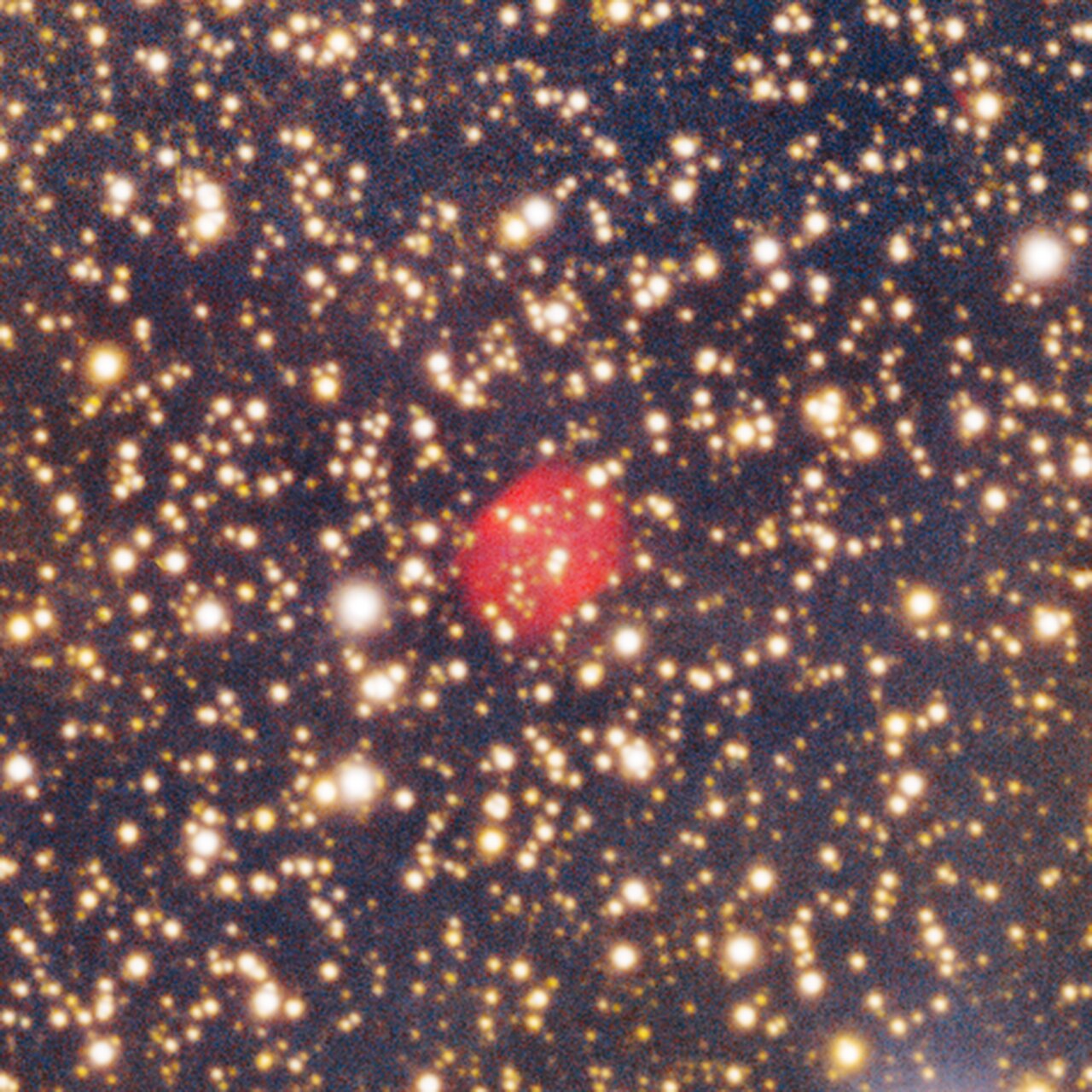
It isn't just newborn stars that populate Circinus West. This molecular cloud is also home to many stars at the other end of the stellar cycle of life and death.
Planetary nebulas, seen by the DECam in Circinus West as red blotches, are the remains of red giant stars, stellar bodies that have reached the end of their hydrogen supplies and their main sequence lifetimes.
At this point, they shed their outer layers, with this material dispersing and cooling, creating a planetary nebula (which somewhat confusingly actually have nothing to do with planets).
The team behind this research hopes that by studying the infant and aging stars of Circinus West and their outflows can reveal more about how they shape their immediate environments
Ultimately, this could reveal the processes that govern the evolution of galaxies like the Milky Way.
.png)
 German (DE)
German (DE)  English (US)
English (US)  Spanish (ES)
Spanish (ES)  French (FR)
French (FR)  Hindi (IN)
Hindi (IN)  Italian (IT)
Italian (IT)  Russian (RU)
Russian (RU) 
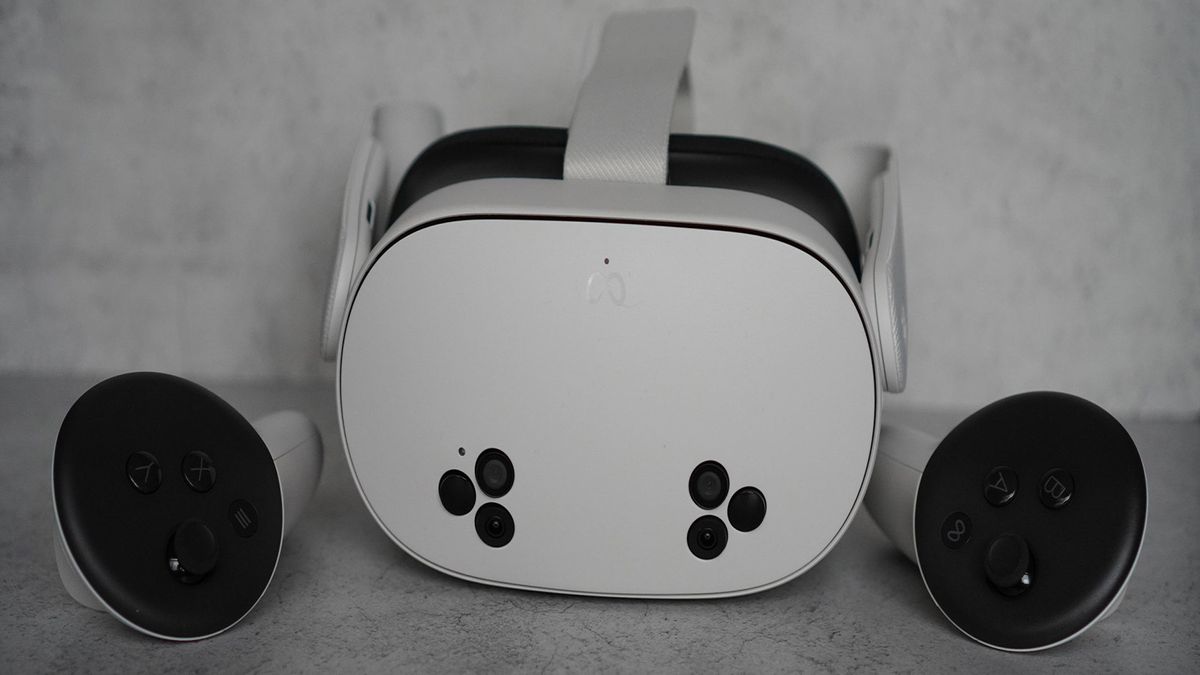
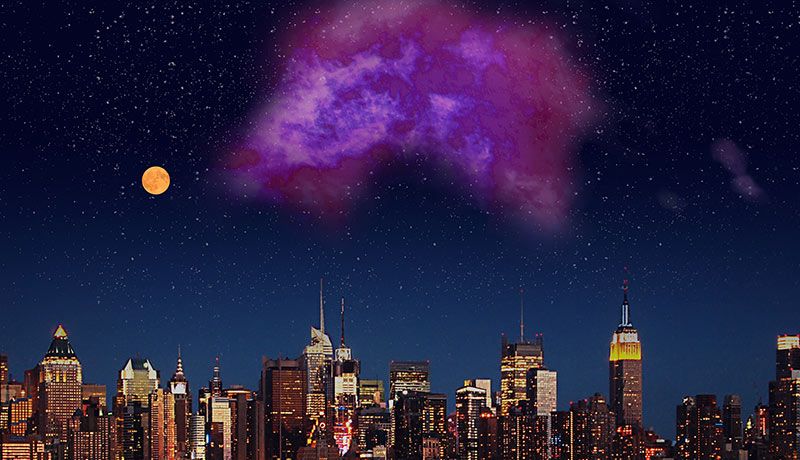
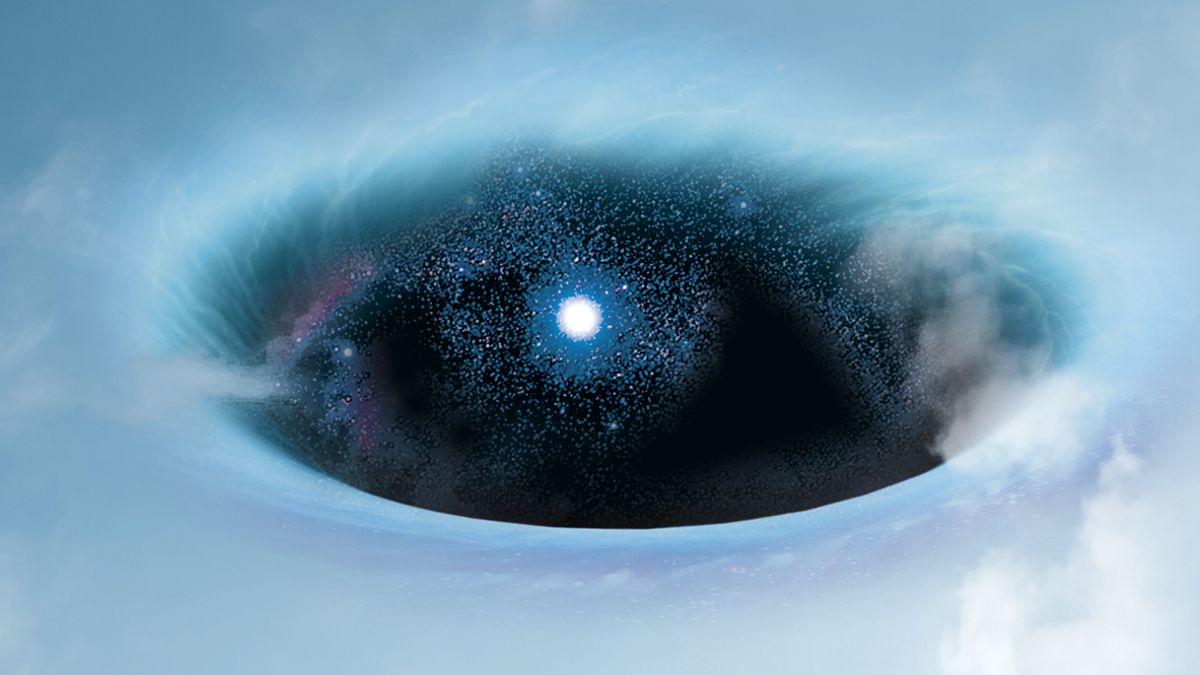





Comments